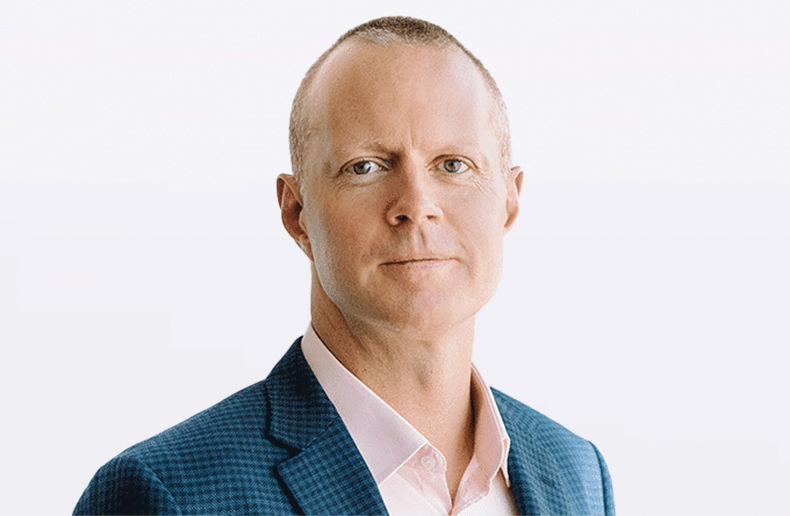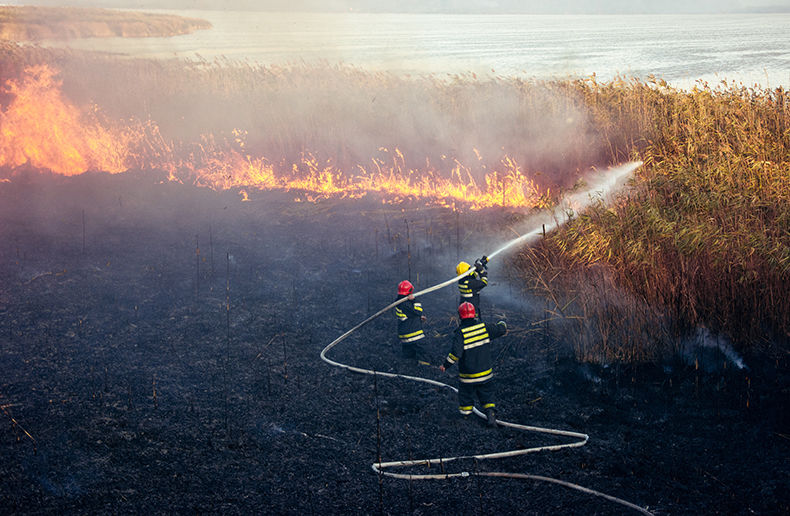2021 has been a good year in most of Aviva Canada’s segments. The insurer’s top executive says the firm’s expansion will continue to be powered by its excellent links with the brokerage network.
Inearly December, Aviva Canada’s CEO Jason Storah filled Insurance Portal in on the insurer’s ambitions for 2022.
At the end of the third quarter of 2021, Aviva reported an average 5 per cent increase in premiums after nine months. “That’s been very true in Canada,” Storah says. “In the higher end of commercial market, the real increase has been between 10 and 15 per cent. And in small to mid-market, the rate and the premium increase have been in the mid to high single digits.”
In the fall of 2019, Aviva announced the launch of a new commercial insurance division, called Global Corporate and Specialty (GCS). By year-end 2021, business will have exceeded $1 billion, Storah points out. Demand is strong, and “we worked really hard to build it up for the last couple of years,” he explains.
The GCS team in Canada is working in concert with its UK counterpart. The insurer is now better equipped to assist Canadian companies operating overseas, Storah says.
The role of the brokerage network
Aviva Canada’s CEO says the brokerage network has been instrumental to the insurer’s success in this specialty risk market. “We can’t do that business without brokers. It’s really a broker-led business.” In GCS, brokers’ relationship with their clients is crucial, and risk management is key to success in that market.
Aviva is continuing to invest in improving the efficiency of the brokerage network. In personal lines, the insurer is poised to launch a product based on telematics tools, a technology already adopted by several other automobile insurers.
“I think 85 per cent of our business is through brokers,” he says. This is why the investments Aviva is making are intended to make brokers’ life easier, he explains.
Hard market
The hardening of the commercial lines market is not over, but Storah sees better days ahead. After two years of double-digit premium increases, there is some relief on the pricing side as insurers’ results improve. Capacity is also increasing.
“The hard market was exacerbated by a number of carriers who exited certain segments, and they are starting to come back in various areas,” he says.
These opportunistic competitors disappear when losses are too high and return when the market is disciplined again.
Class actions
Asked about the numerous class actions being brought against Canadian insurers by companies seeking to use their business interruption coverage to recoup business losses caused by the pandemic, Storah replied “Our view is those interruption losses due to COVID were not covered. It is the same as the industry.”
The only exception is a national dental program for which the wording of the guarantee included pandemic coverage. “We paid out all of those claims,” he says.
Such legal proceedings are surfacing elsewhere in the world, and are gradually being dismissed, Jason Storah continues. “Courts clearly understand that the extent of a loss that comes through an event like a pandemic was never included or anticipated in insurance contracts,” he says.
Comments on the climate
In Jason Storah’s view, although the COVID-19 pandemic has created significant upheaval, “climate change is going to have a much more longer-term and bigger impact than COVID-19.” He notes that it is the most vulnerable who have been hit hardest by the pandemic.
What’s more, the insurer’s employees have gradually started returning to the offices, after 18 months of telework imposed by health measures. “We definitively see a steady increase in employees coming back to all the offices. We’re doing team meetings face to face now. We’re seeing a steady increase,” he says.
At the beginning of the pandemic, Aviva took a cautious approach and maximized people’s effectiveness as they worked from home. Now, the insurer is acknowledging that the hybrid mode will be around for a few more months until things get back to normal. “It’s going to take some time to get there,” Storah says.
One of the most important learnings from the pandemic is that the return to the office and normal life was made possible by the scientific advances, notably the creation of vaccines. “It’s by science and innovation that we’ll get through climate change,” he says.
Last year at this time, Storah told Insurance Portal that he wanted insurers to be more proactive in helping clients address the negative consequences of the COVID-19 pandemic.
Has that goal been met in 2021? “I think we’ll never reach the end of that goal. We can keep striving for it,” he says.
In general, insurers have all worked very hard for their customers, with varying results from company to company. “But the intent was always to do the best for things for their customers. I think we did that,” he said, giving examples of insurers’ responses to the many weather-related disasters that have struck Canada from coast to coast in 2021.
“The insurance industry keeps thinking about what more there is to do for its customers, particularly regarding claims that are rising due to increases in catastrophe losses,” he continues.
We must persist in our quest for improvement, Storah stresses. “We’re never going to reach the finish line on this, because every time we make an advance, it freezes up your ability to think about what’s next. I think we’re doing the best job, but there’s still a long way to go,” he says.

















